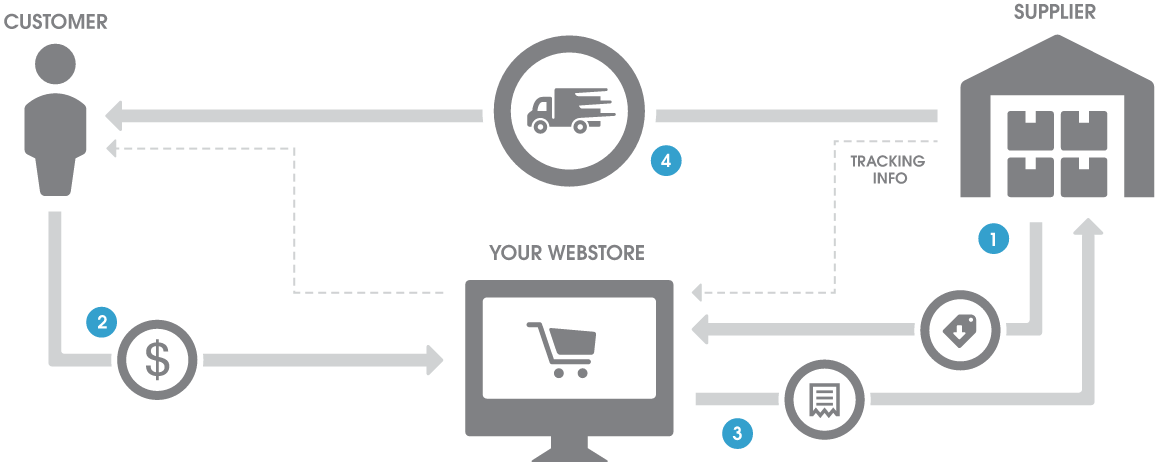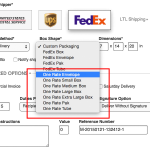 Dropshipping is the fulfillment model where the merchant has their supplier directly send out the customer’s order to them. For more details on that check out Ordoro’s dropshipping page.
Dropshipping is the fulfillment model where the merchant has their supplier directly send out the customer’s order to them. For more details on that check out Ordoro’s dropshipping page.
The dropshipping inventory model is perhaps the most attractive fulfillment method for a new ecommerce retailer to get started with. The thought of having sales online without the baggage of managing the fulfillment is like a dream come true. And for good reason.
Firstly, you can get started with the dropship model without any upfront costs. You do not need to buy any products beforehand, you do not have to rent any warehouse space (or your living room is not cluttered with boxes), heck – you could run a dropship business from your car of you wanted!
Secondly, the dropship model lets you leverage the supplier to manage all the tasks for you. These include making, storing, packaging and shipping the products. You are in effect outsourcing your whole back-office business operation. You could even leverage multiple suppliers at the same time. These suppliers could carry the same product (so you can get all the benefits of dual sourcing) or they could carry different products (enabling you to expand your product catalog)
With all the back-office operations outsourced, you can focus on sales and marketing activities. Be it talking to customers, making sales calls or doing tasks like blogging or paid advertising to increase your site traffic.
But this model comes with its own set of challenges as well.
For one, the merchant has no control over the quality of the order. They do not have any insight or influence into weather the right products are getting into the right box. They lose the opportunity to use their brand on the packaging and have very little control on when the package gets delivered. Managing returns are a hassle as well – should the returns be going to the merchant or should it be returned to the supplier?
Another aspect of quality of the order is that selling the product does not guarantee that the supplier does have the product in stock. Unless both, the merchant and the supplier, have sophisticated systems in place, getting real-time product quantities available for sale is a difficult task. Telling a customer that the product they just bought is not available, is poor customer experience. This hurts the merchant’s credibility, especially for a fledging business.
Then there are the usual monetary disadvantages of outsourcing – margins. Suppliers do want to be compensated for all the risk they take. They usually charge a premium for storing, packaging and shipping the orders. And chances are that the supplier is also selling through other channels and online retailers. Which means the merchant is probably in price competition with other merchants who sell the same products, which in turn affects margins. To add to that, coming up with shipping costs for dropship items in never an easy task. Especially is multiple suppliers are involved in fulfilling a single customer’s order.
But the biggest risk of the dropship fulfillment model is that the merchant is giving their customer information up to the the supplier. And unless there are contracts in place that explicitly preclude this, there is nothing stopping the supplier from directlyselling to the customer.
In summary, dropshipping is a good way to expand a merchant’s product catalog. Dropshipping, at times, does givbe the vibe of being a get-rich-quick scheme. But if used judiciously, can be very effective. We have seen healthy businesses employ the dropshipping strategy for one of three reasons- To test out a new product offering before they start stocking the product in-house, an alternative to fulfill products that they are temporarily out of stock or to fulfill products that are slow moving or expensive to stock.


